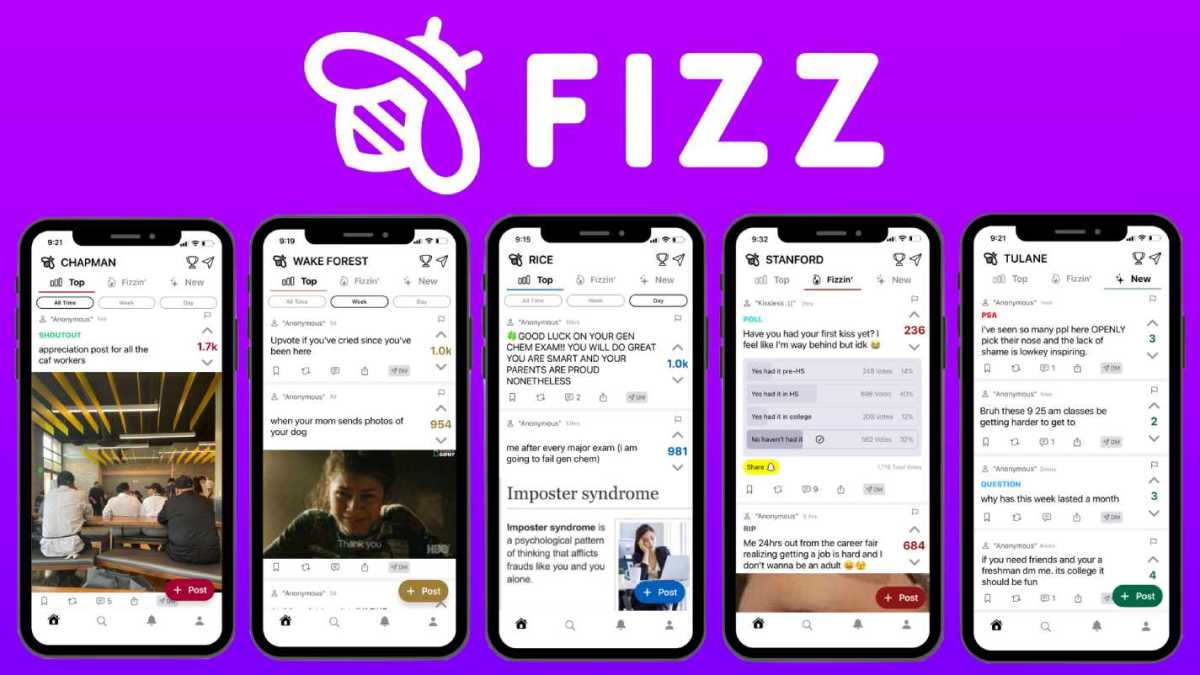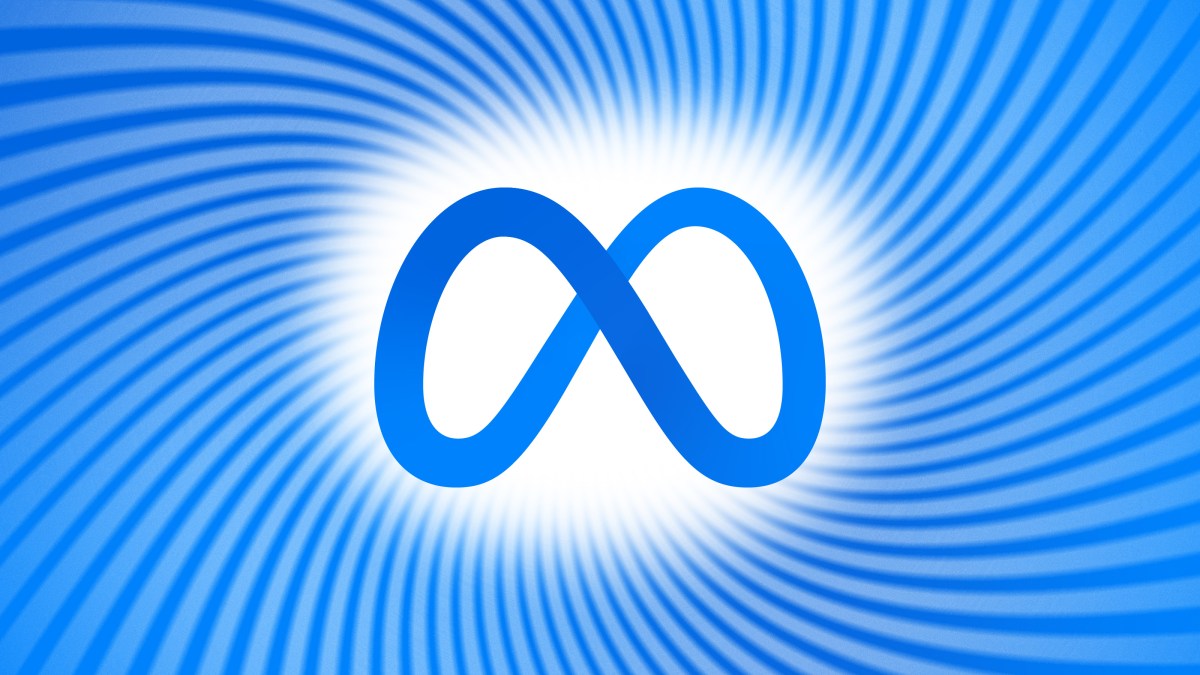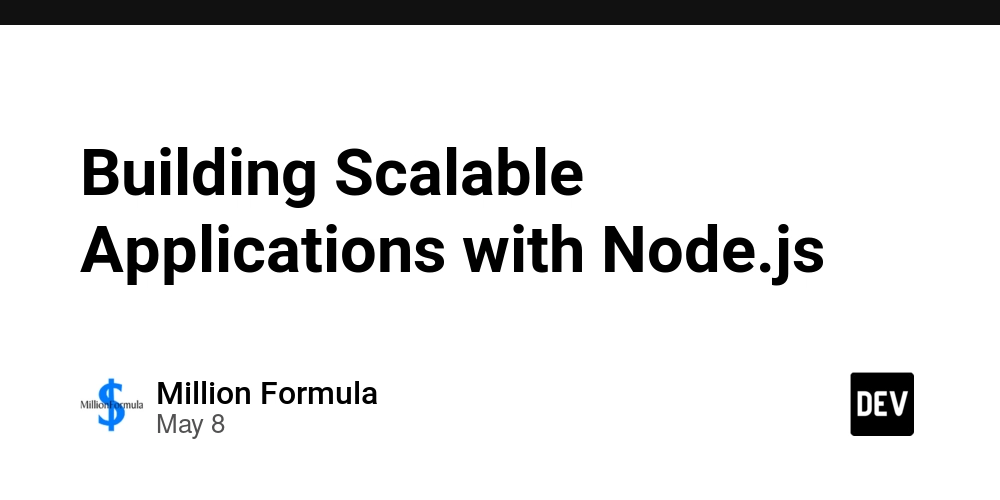Play with paradigm switching: Cangjie's functional and object-oriented combat under HarmonyOS Next
If the powerful type system and type inference have laid a solid foundation for Cangjie language, then its flexible integration in multi-paradigm programming has truly given developers great freedom and creativity. In HarmonyOS Next application development, I personally experienced: whether it is complex business modeling, concurrent processing, or data flow, as long as the functional and object-oriented paradigms are switched reasonably, Cangjie can always express clear and efficient logic in the most elegant way. In this article, let me take you to explore: how to play with different programming paradigms in Cangjie and master the best practices in actual development. Functional programming: a concise tool for expressing business logic In Cangjie, the function is "first-class citizen".This means: Functions can be assigned, passed, and returned like ordinary variables. Supports higher-order functions, lambda expressions, and currying. Rich pattern matching (match-case) greatly simplifies conditional branches. Practical Example: Advanced Functions + Lambda Suppose we need to process an array of integers, find all even numbers and square them.The implementation of Cangjie's functional style is very natural: func isEven(x: Int): Bool { x % 2 == 0 } func square(x: Int): Int { x * x } main() { let nums = [1, 2, 3, 4, 5, 6] let result = nums .filter(isEven) .map(square) println(result) // [4, 16, 36] } filter and map are commonly used higher-order functions. Lambda expressions can be further simplified: let result = nums .filter({ it => it % 2 == 0 }) .map({ it => it * it }) Practical experience: Cangjie's functional programming syntax is very consistent with the natural expression of business logic, and the code is not only concise, but also highly readable. Object-Oriented Programming: The cornerstone of modeling complex systems Although Cangjie has strong support for functional forms, its object-oriented (OOP) capabilities are equally solid, especially in the following scenarios: Complex business modeling (such as orders, payments, logistics systems) Interface component encapsulation (UI controls, interactive logic) Cross-module communication (service interface, protocol definition) Cangjie OOP core features summary table Features Description Single inheritance A class can only have one parent class Multi-interface implementation A class can implement multiple interfaces open modifier Control whether the class or method can be inherited/rewrited All classes inherit Any Ensure the unification of the basic object model Practical examples: classes, interfaces and polymorphisms public interface Shape { func area(): Float64 } public class Circle
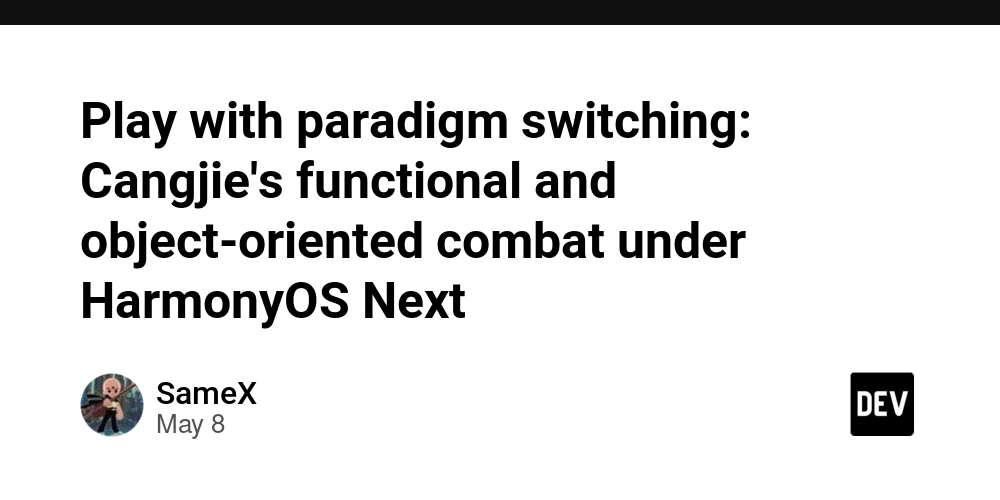
If the powerful type system and type inference have laid a solid foundation for Cangjie language, then its flexible integration in multi-paradigm programming has truly given developers great freedom and creativity.
In HarmonyOS Next application development, I personally experienced: whether it is complex business modeling, concurrent processing, or data flow, as long as the functional and object-oriented paradigms are switched reasonably, Cangjie can always express clear and efficient logic in the most elegant way.
In this article, let me take you to explore: how to play with different programming paradigms in Cangjie and master the best practices in actual development.
Functional programming: a concise tool for expressing business logic
In Cangjie, the function is "first-class citizen".This means:
- Functions can be assigned, passed, and returned like ordinary variables.
- Supports higher-order functions, lambda expressions, and currying.
- Rich pattern matching (match-case) greatly simplifies conditional branches.
Practical Example: Advanced Functions + Lambda
Suppose we need to process an array of integers, find all even numbers and square them.The implementation of Cangjie's functional style is very natural:
func isEven(x: Int): Bool {
x % 2 == 0
}
func square(x: Int): Int {
x * x
}
main() {
let nums = [1, 2, 3, 4, 5, 6]
let result = nums
.filter(isEven)
.map(square)
println(result) // [4, 16, 36]
}
-
filterandmapare commonly used higher-order functions. - Lambda expressions can be further simplified:
let result = nums
.filter({ it => it % 2 == 0 })
.map({ it => it * it })
Practical experience: Cangjie's functional programming syntax is very consistent with the natural expression of business logic, and the code is not only concise, but also highly readable.
Object-Oriented Programming: The cornerstone of modeling complex systems
Although Cangjie has strong support for functional forms, its object-oriented (OOP) capabilities are equally solid, especially in the following scenarios:
- Complex business modeling (such as orders, payments, logistics systems)
- Interface component encapsulation (UI controls, interactive logic)
- Cross-module communication (service interface, protocol definition)
Cangjie OOP core features summary table
| Features | Description |
|---|---|
| Single inheritance | A class can only have one parent class |
| Multi-interface implementation | A class can implement multiple interfaces |
| open modifier | Control whether the class or method can be inherited/rewrited |
| All classes inherit Any | Ensure the unification of the basic object model |
Practical examples: classes, interfaces and polymorphisms
public interface Shape {
func area(): Float64
}
public class Circle <: Shape {
let radius: Float64
init(r: Float64) {
this.radius = r
}
public func area(): Float64 {
3.1415 * radius * radius
}
}
public class Rectangle <: Shape {
let width: Float64
let height: Float64
init(w: Float64, h: Float64) {
this.width = w
this.height = h
}
public func area(): Float64 {
width * height
}
}
main() {
let shapes: Array = [Circle(3.0), Rectangle(4.0, 5.0)]
for (let shape in shapes) {
println(shape.area())
}
}
Output:
28.2735
20.0
-
Shapeis an interface that defines common behavior. -
CircleandRectanglerespectively implement specific logic. - Implement polymorphic calls through the interface array
Array.
Practical experience: Cangjie's OOP model is clean and concise, without the problem of complex and multiple inheritance, and can meet most object-oriented needs, which is very suitable for large-scale system modeling.
Hybrid paradigm practice: free switching, easy to handle
In real projects, we often need a combination of functional + object-oriented.
For example: In a chat application, the MessageProcessor class may be organized in an object-oriented manner, while the internal specific processing logic uses functional style combinations.
public class MessageProcessor {
public func process(messages: Array): Array {
messages
.filter({ msg => msg != "" })
.map({ msg => msg.trim() })
.map({ msg => "Processed: " + msg })
}
}
main() {
let rawMessages = [" Hello ", "", "World "]
let processor = MessageProcessor()
let cleanMessages = processor.process(rawMessages)
println(cleanMessages)
}
Output:
["Processed: Hello", "Processed: World"]
- The overall processing process of class encapsulation.
- Use
filter+mapadvanced function internally to quickly process collections.
This mixed paradigm is extremely natural in Cangjie, and the development experience is very smooth and there is no sense of separation.
Summary
In HarmonyOS Next development, the multi-paradigm feature of the Cangjie language is not a gimmick, but a real productivity tool.
|Scenarios | Recommended Paradigm | Reasons |
|--|--|--|
|Collection operation|Functional|Simple, high abstract|
|Flow control | Imperative | Simple and intuitive |
|Business Modeling|Object Orientation|Clear Structure|
|Complex system architecture | Hybrid paradigm | Flexible and efficient |
My practical experience tells me: developers who know how to flexibly switch paradigms can complete complex tasks faster and higher quality.And Cangjie was born for this flexibility.










































































































































































![[The AI Show Episode 146]: Rise of “AI-First” Companies, AI Job Disruption, GPT-4o Update Gets Rolled Back, How Big Consulting Firms Use AI, and Meta AI App](https://www.marketingaiinstitute.com/hubfs/ep%20146%20cover.png)






































































































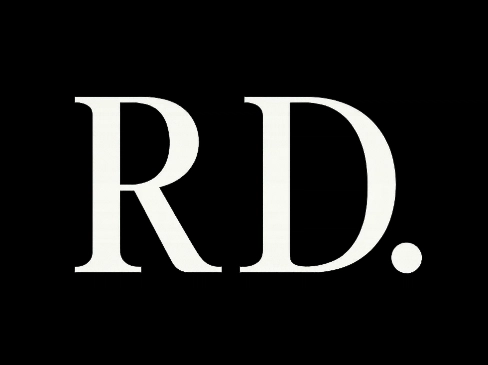

















![[DEALS] The Premium Python Programming PCEP Certification Prep Bundle (67% off) & Other Deals Up To 98% Off – Offers End Soon!](https://www.javacodegeeks.com/wp-content/uploads/2012/12/jcg-logo.jpg)












































































































































_Aleksey_Funtap_Alamy.jpg?width=1280&auto=webp&quality=80&disable=upscale#)
_Sergey_Tarasov_Alamy.jpg?width=1280&auto=webp&quality=80&disable=upscale#)
























































































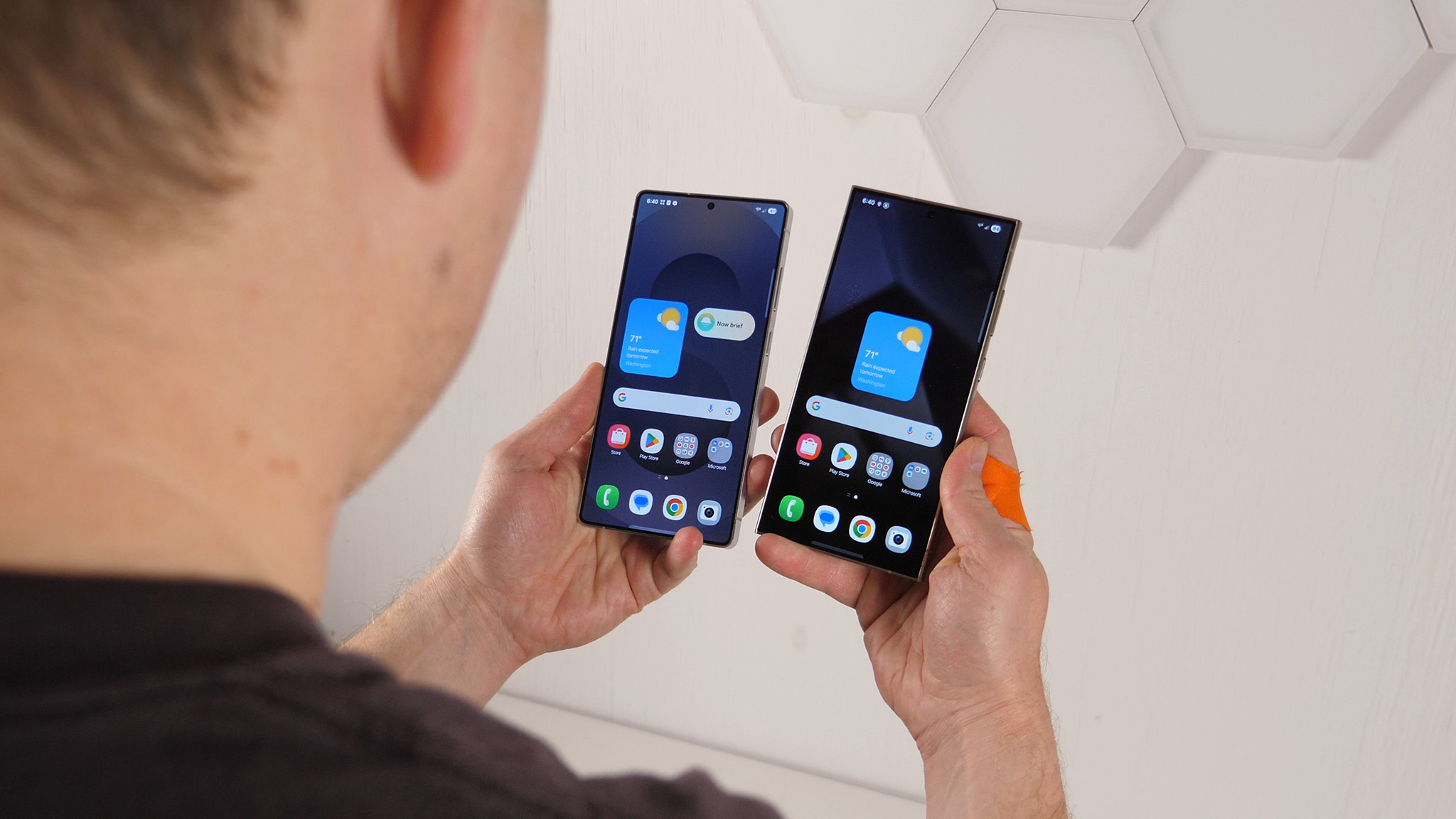

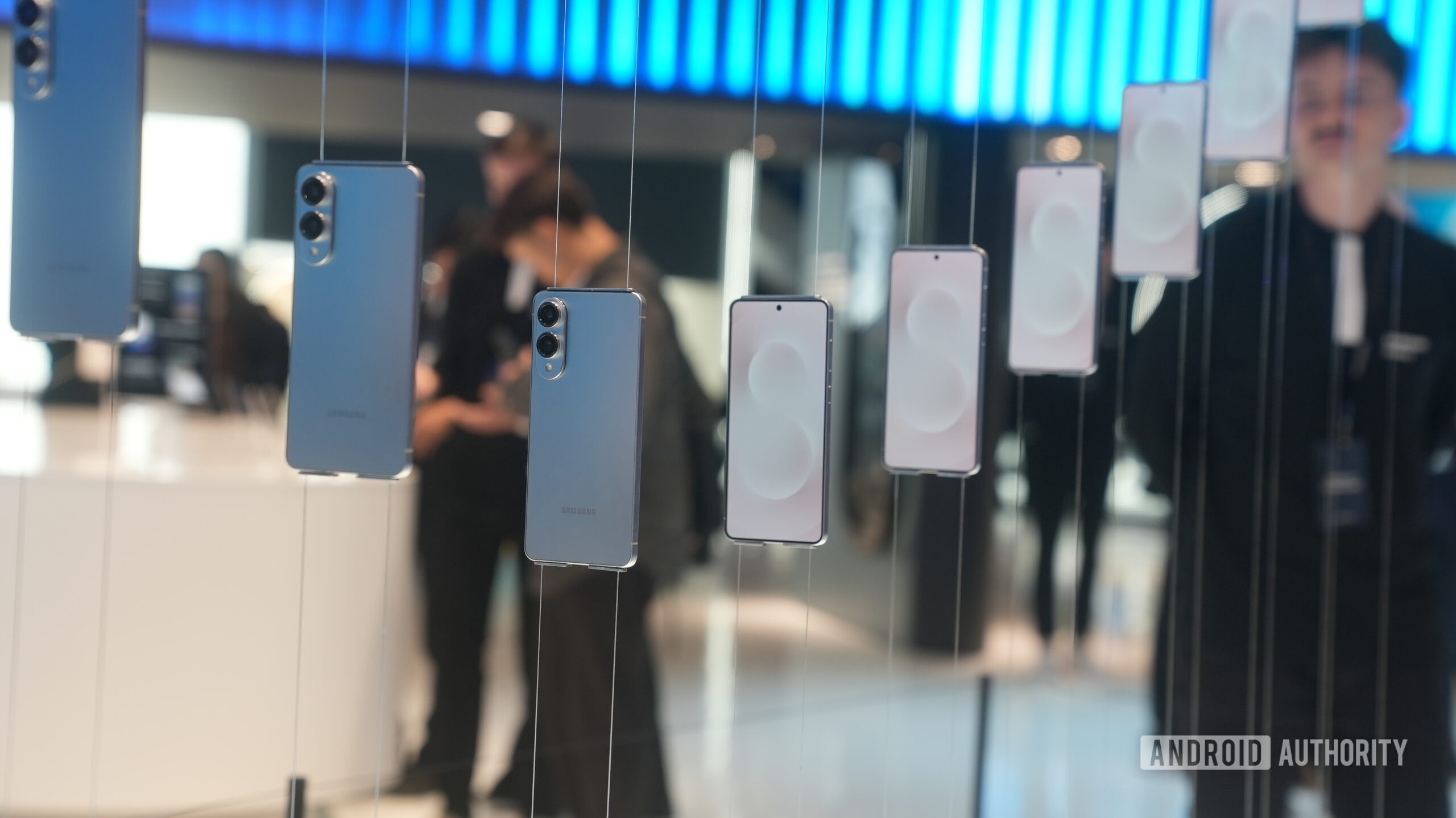




















![Apple Developing New Chips for Smart Glasses, Macs, AI Servers [Report]](https://www.iclarified.com/images/news/97269/97269/97269-640.jpg)
![Apple Shares New Mother's Day Ad: 'A Gift for Mom' [Video]](https://www.iclarified.com/images/news/97267/97267/97267-640.jpg)
![Apple Shares Official Trailer for 'Stick' Starring Owen Wilson [Video]](https://www.iclarified.com/images/news/97264/97264/97264-640.jpg)






























































